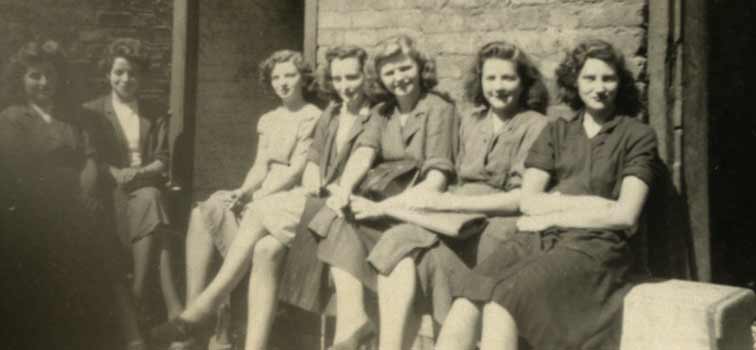Preserving the past - Central Bank Archive

“Explain why water entering a house by a pipe at or below ground level will flow from a tap in a room upstairs when you turn on the tap.”
“Mention three measures of capacity and state how they are related to each other”.
“Name in order six inlets of the sea on the South coast of Ireland between Wexford Harbour and Kenmare Bay.”
These were some of the challenging questions hopeful candidates faced when applying for the position of “Lady Clerk” at the Central Bank of Ireland in 1946.
The questions were part of an entrance exam consisting of an hour-long essay section and a general paper, where one and a half hours was allocated.
Only those aged between 17 ½ and 20 years of age on 1 March 1946 were eligible to sit the exam.
Successful candidates were appointed to the Central Bank in the first instance as “Temporary Woman Assistants” and they were paid a salary of 35 shillings per week.
Particulars of the Lady Clerk’s entrance exam is part of a treasure trove of historical information contained in the Central Bank’s Archive, which is open for the public to consult.
The Archive comprises a vast store of records spanning over two centuries, with material ranging in date from 1786 – 1987.
Other interesting information held in the Archive are papers relating to printing emergency wartime banknotes, a large brass bullion weighing scales as well as handwritten imports and exports ledgers dating back to the 18th century.
The Archive also contains an extensive collection of photographs, architectural documents and a host of unused designs submitted for Irish and Euro currency.
As the Archive helps tell the story of economic development and progression in Ireland, it is of particular importance to economic historians.
However, the Archive is also of keen interest to architectural, political, historical, business and social researchers.